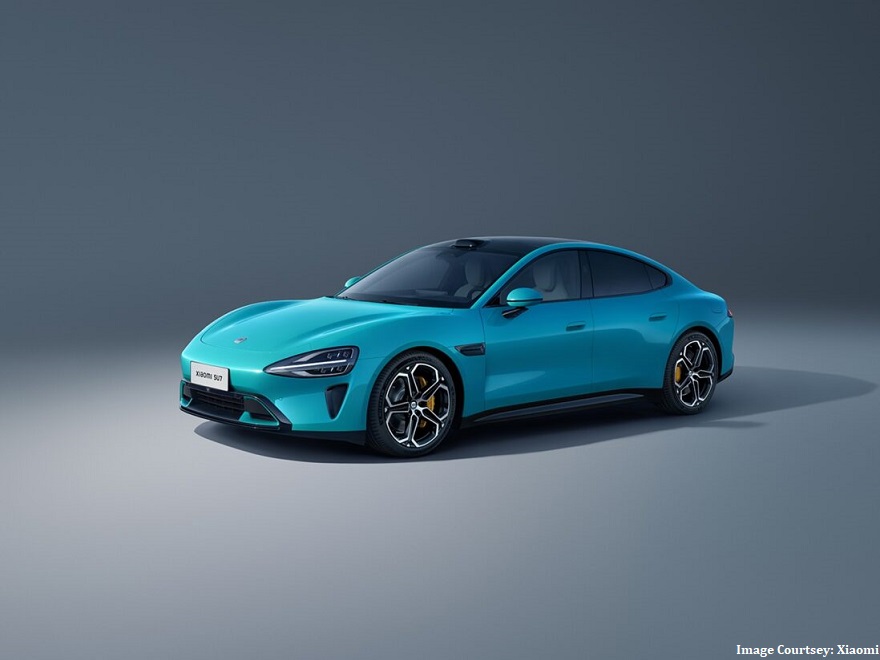
Meet the World's Most Aerodynamic Production EV, the SU7
With the SU7, Xiaomi debuts its first production car, to challenge the Porsche Taycan and Tesla Model S while offering a significantly more affordable price point
Introduction
Meet the Xiaomi SU7 the world’s most aerodynamic production car with a Cd value of 0.195 dethroning the Lucid Air Sapphire’s 0.197, for starters. The renowned consumer electronics and smartphone manufacturer is now expanding its portfolio by venturing into the automotive industry, with the SU7 as its very first offering. Interestingly, Xiaomi is the only other tech company besides Afeela, a joint venture between Sony and Honda, to develop an EV, following Apple's recent cancellation of their car project. Xiaomi is betting 10 billion RMB, or 1.4 billion dollars USD, and aims to be amongst the top 5 car manufacturers in the world within the next 15-20 years. More importantly, they want to take on established OEMs such as Porsche and Tesla with the SU7 benchmarked against the Taycan and Model S from those two manufacturers respectively. To achieve such an endeavor, Xiaomi onboarded two designers- Li Tianyuan and James Qiu from BMW and Mercedes, Li Tianyuan was responsible for the iX and the 7-Series, while James Qiu was responsible for the EQXX’s exterior design, no surprise the SU7 has such a low Cd value. Moreover Xiaomi developed five core elements inhouse mainly the CTB (Cell-to-Body) cells in collaboration with CATL, a brand new electric motor, a Die-Casting cluster and alloy, a fully autonomous driving aid called the Pilot Autonomous Driving, and obviously the interiors which Xiaomi likes to call Smart Cabin.
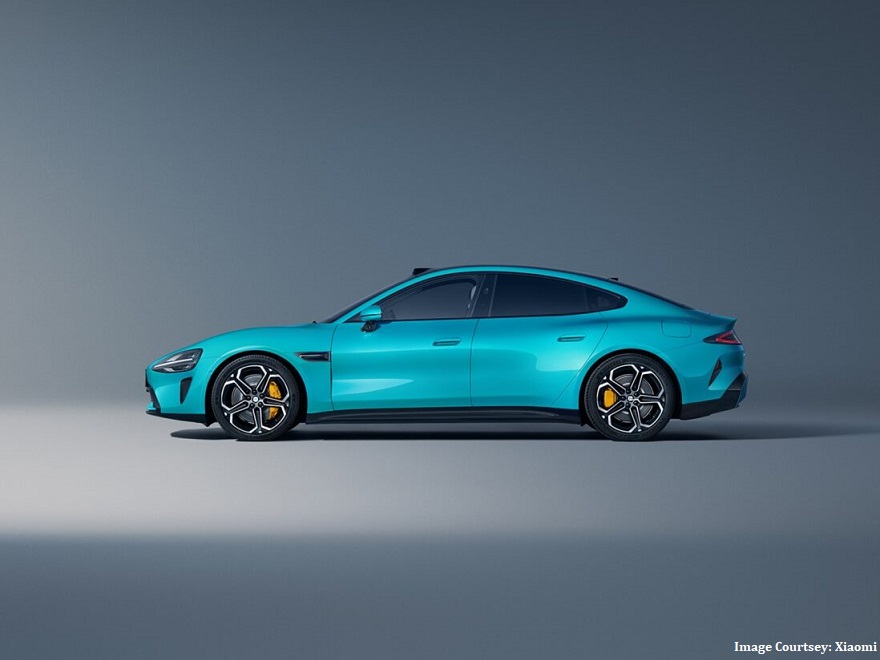
Battery Pack, Range, Performance, and Charging
At launch, the SU7 will be available in two trims: a rear-wheel-drive (RWD) version and the SU7 Max, a dual-motor setup with one motor on each axle and a 101kWh battery pack. The 135kWh and 150kWh battery packs will be introduced later. The RWD version features a 73.6kWh battery pack with an LFP chemistry. Powering the rear wheels is an in-house developed 220kW (295hp) V6 electric motor with 400Nm of maximum torque, enabling the RWD version to accelerate from 0-100kmph (0-62mph) in 5.28 seconds and reach a claimed top speed of 210kmph (130mph).The RWD version boasts a range of 668km (415 miles) on the more optimistic CLTC (China Light Duty Vehicle Test Cycle).
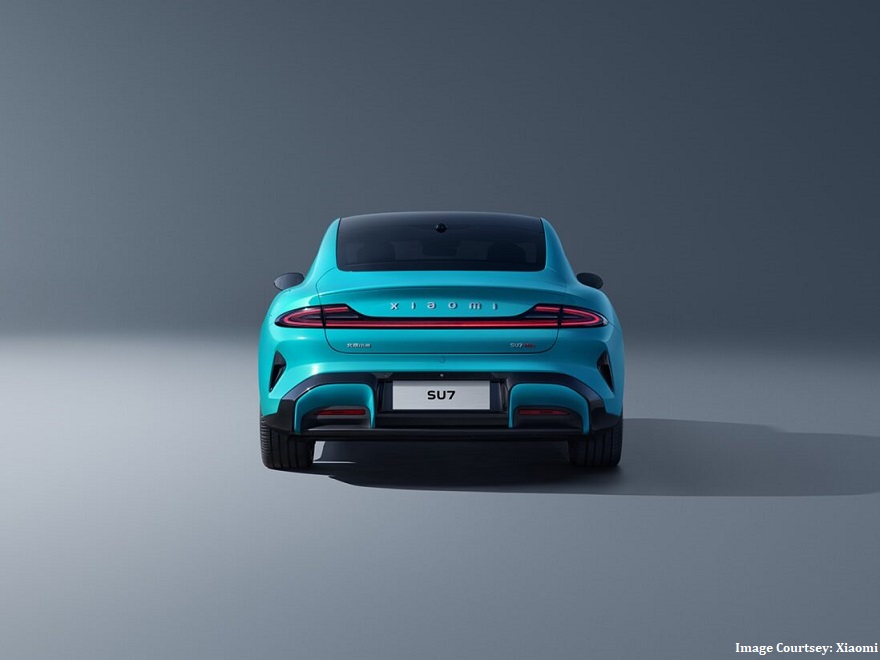
In contrast, the dual-motor performance variant, the SU7 Max, has a 101kWh battery pack with CTB prismatic NMC (Nickel Manganese Cobalt) cells in a module-less setup akin to the Mega Li. This configuration powers two motors—one on each axle—delivering peak power output of 495kW (664hp) and 835Nm of peak torque. This setup enables the SU7 Max to accelerate from 0-100kmph (62mph) in 2.78 seconds, outperforming the pre-facelifted Porsche Taycan Turbo by roughly 0.2 seconds. Xiaomi claims the SU7 Max can achieve a 0-200kmph sprint in 10.67 seconds and reach a claimed top speed of 265kmph (164mph). The SU7 Max offers a range of 800km (497 miles) between charges on the CLTC cycle.
As for charging, some specifications such as variant-wise peak charging rates, 80% top-up times, and Level-2 charging capabilities remain under wraps. Built on an 800V architecture employing CTB (cell-to-body) cells codeveloped with CATL, Xiaomi claims the SU7 can add 390km in 10 minutes, 220km in a 5-minute top-up, and 510km in 15 minutes. It is reasonable to expect the peak charging rate to be north of 400kW and the 10-80% top-up could be under 15 minutes.
Exterior and Interior
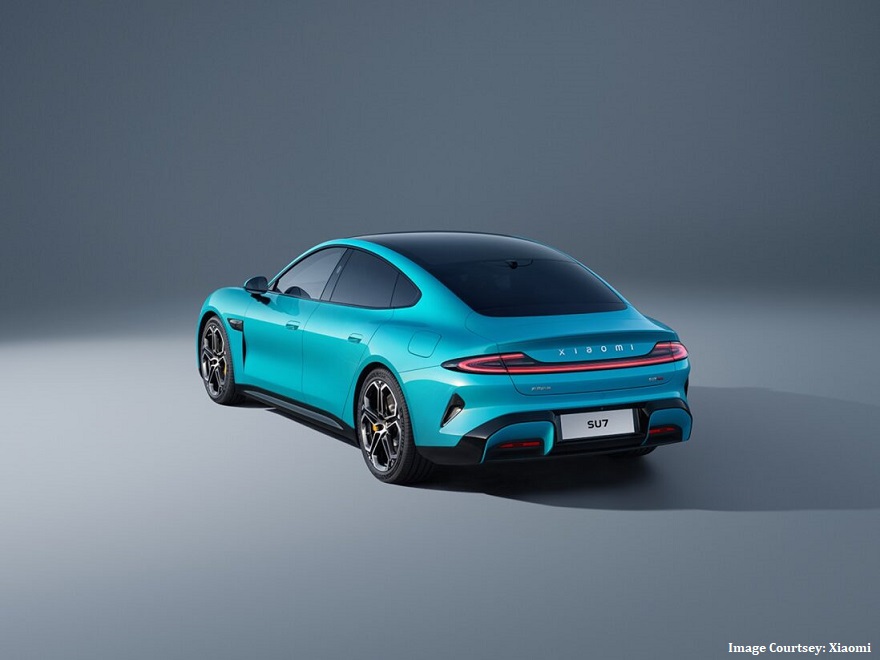
For perspective, the SU7 is a low-slung sports sedan which measures 4997mm/1963mm/1455mm (length/width/height) which is longer and taller than the Porsche Taycan which is one of the benchmarked cars along with the Tesla Model S. Moreover it has a wheelbase of 3000mm promising a roomy cabin, however it remains to be seen how the slopping roof line affects rear headroom for tall occupants. Speaking of the slopping roofline, it is reminiscent of the Porsche Taycan and the rear haunches does remind you of the Porsche Taycan. As for door handles, like the Porsche Taycan, they are flush handles again to enhance aerodynamics. At the rear, connected taillights and prominent Xiaomi lettering make the SU7 easily recognizable, even if one misses the Xiaomi emblem on the front trunk lid. As for storage capacity, it has a 517 liters of boot space complemented by a 105 liter frunk, or froot if you like. The frunk capacity is more than you guessed who.
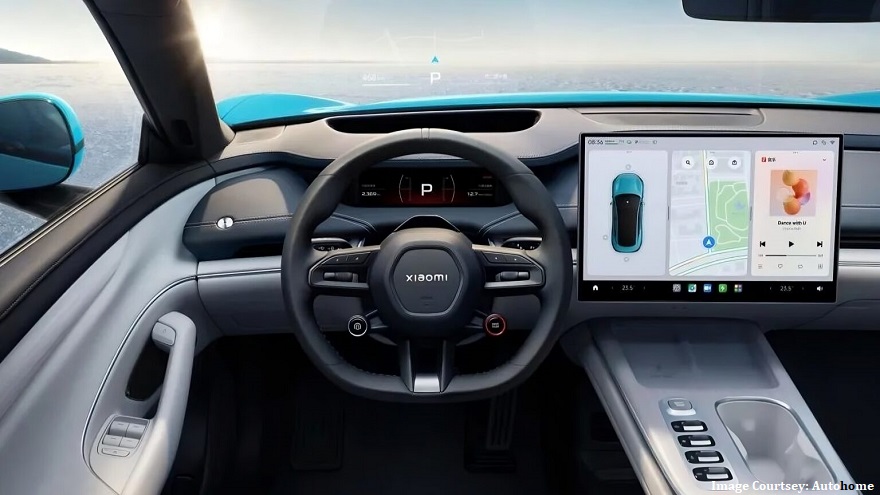
Stepping inside the cabin which Xiaomi calls a Smart Cabin, users are greeted with two screens, a 7” unit for the driver and a 16” central touchscreen unit. The 16” touchscreen operates on Xiaomi’s Hyper Operating System found on latest Xiaomi tablets and employs Qualcomm’s 8295 chips with 30 TOPS computing ability plus 3K resolution. Xiaomi claims there will be a sense of familiarity with this operating system that will make the learning curve minimal for those who would have already started using Xiaomi’s products. Moving down below the central touchscreen there are two wireless charging pads, upon zooming into one of them it said 50W max making it reasonable to expect that these pads will be rated at 50W. However the most conspicuous elements of the cabin are the presence of physical buttons and knobs for the gear lever, air conditioning, ride hide adjust, and drive mode selector which are a boon to have, well done Xiaomi. The finicky nature of the touch sensitive buttons has been voiced on various channels across multiple car reviewers.
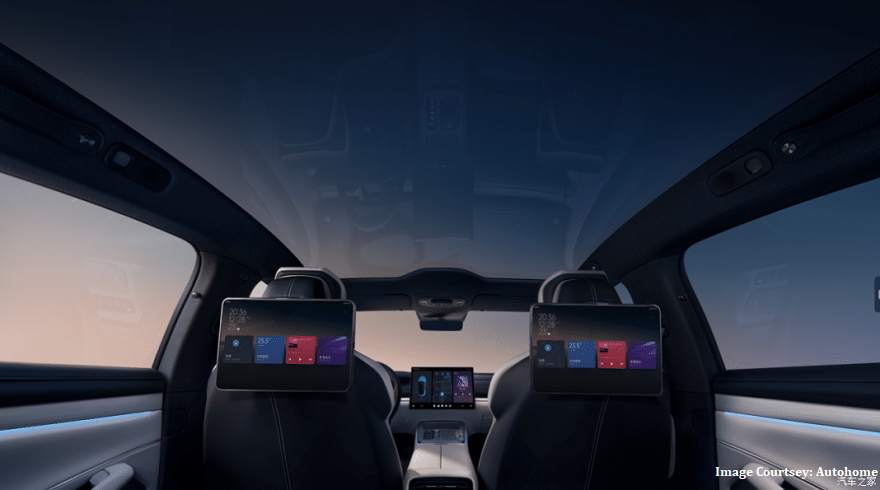
Tech
The SU7 comes with an inhouse developed autonomous driving system called the Pilot Autonomous Driving (PDA). The PDA uses a two Nvidia Orin-X chips that have an operating power of 508 TOPS to process data from its surroundings from a host of a lidar, 3 millimeter-wave radars, 11 high-definition cameras, and 12 ultrasonic radars to be able to perform autonomous driving tasks for highway driving, self-parking, and car summoning. However the PDA will be available only the top spec SU7 Max. There is also a 56” heads up display with integrated navigation. Furthermore, Xiaomi promises seamless integration of smart home devices, smart watches, and other appliances with users being able to pin applications from their phone onto the central touchscreen. Although the best connectivity will be with Xiaomi products, Apple users will be able to use CarPlay like in other cars.
The SU7, without the lidar, boasts a Cd value of 0.195, making it the most aerodynamic production car in the world.
Launch and Prices
The SU7 will go on sale from March 28th, 2024, at a starting price of 253,300 RMB (35,200 USD) for the RWD SU7, and up to 395,780 RMB (55,000 USD) for the Max version. Deliveries for the existing 100,000 orders will commence later this year. The car will initially go on sale in China, with expansion into other markets at a later date, contingent upon the geopolitical scenario. With US lawmakers concerned about Chinese automakers potentially collecting personal driving data and shipping it to China, it is unlikely for the SU7 to reach US shores and other markets with similar concerns. Nonetheless, the SU7 will be another product worrying western automakers in China, who have recently gained market share from their western counterparts due to competitive pricing and packaging. Can the SU7, priced significantly lower than a Tesla Model S or Porsche Taycan, deliver a comparable user experience? Only time will tell.
Image Sources
Thumbnail and Title Image: Xiaomi
1,2,3 - Xiaomi
4,5 - Autohome
For any inquiries or suggestions regarding the content, please feel free to reach out to us at jash@evlane.net






March 18, 2024
Category: